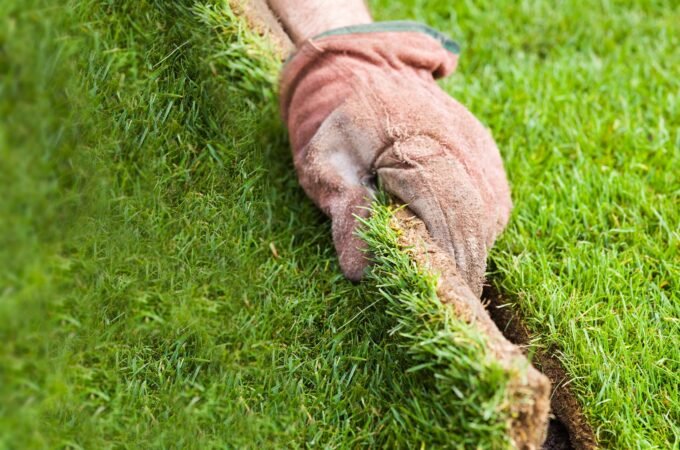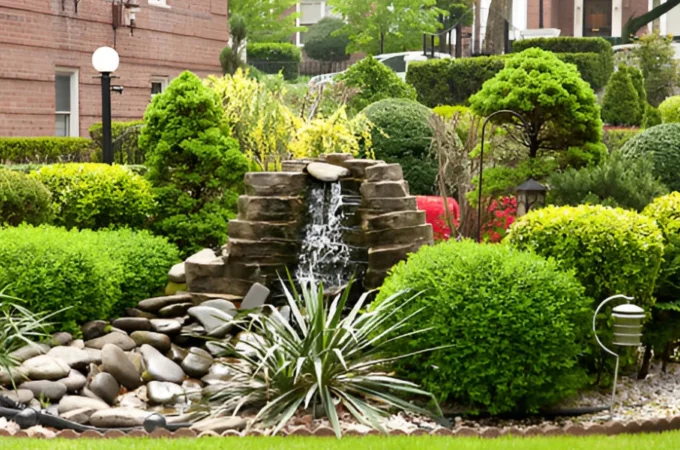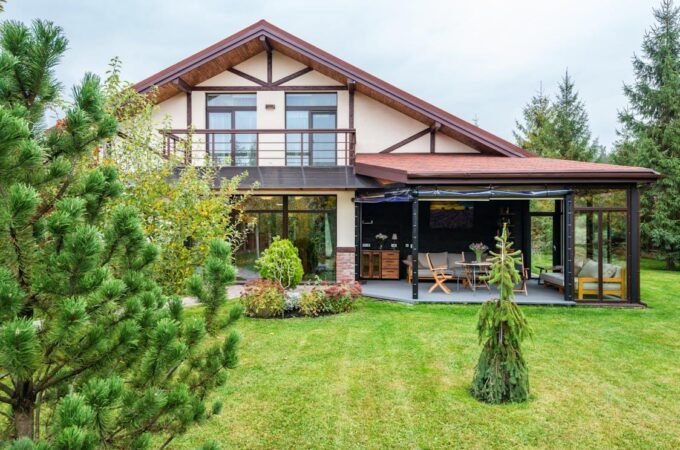
Exploring the Benefits of Green Leylandii Trees
The Leylandii tree scientifically known as Cupressus leylandii, belongs to the coniferous species of trees which are frequently used for landscaping and gardening. Common characteristics of these trees are that they grow very fast, have a dense crown, and they are evergreen; such qualities make them popular in screening, shelter, and hedge plants. Green Leylandii is appreciated globally due to the following details Mastering landscape designs and gardening requires understanding why Green Leylandii is a favorite among many gardeners.
Table of Contents
ToggleCharacteristics of Green Leylandii Trees
Green Leylandii trees are hybrid crosses between the Monterey cypress (Cupressus macrocarpa) and the Nootka cypress (Cupressus nootkatensis). These peculiarities of their genes make them that fast-growing organism and, at the same time, a rather adaptable one. Some key characteristics include:
Rapid Growth: Leylandii trees have growth rate of about 3 feet per year thus make a good luck for those people who are in need of quick hedge or screening.
Dense Foliage: The leaves of their plants are dense, green implying that they provide people with the much needed privacy and shield from bad weather such as wind and noise.
Evergreen: These trees do not shed their leaves during the winter and a result they will provide constant shading in the landscape.
Height: They can be very large and can grow to sizes as big as 60 feet when not pruned; however, they are generally pruned to much smaller sizes in garden backyards.
Planting and Maintenance
Site Selection and Planting
When replanting Green Leylandii it is important to know where to plant the trees or hedging. They grow well under black and fine rich loam with good drained soil; they are sun loving plants that do well in full sun to part shaded. The size of the tree when fully grown must be taken into account and adequate space for the trees should also be considered more so where the tree is intended to be used as a hedge.
The width of the hole in which planting will be done must be twice as big as the root ball even in length while the depth should be similar to the root ball. After that, you need to settle the tree into a hole and then cover it with soil and keep the roots calms. This plant needs a lot of water once planted, therefore ensure that the tree is well watered.
Pruning and Maintenance
Another process that should be conducted on Leylandii hedge is pruning because it helps to control the shape and height of the hedge. Trimming to be done once in a year with preference for spring and summer seasons so as to enhance bushiness. One should not be sawing on the older branches of the Leylandii because, unlike many other similar species, they do not grow back on those cuts and this results in developing streaks of woody, naked plants.
Irrigation is considered vital particularly in the initial years of tree establishment, when there is drought. In general, this sort of tree is rather xero-phytic when developed and is not especially easily damaged by drought. It is recommended to feed the trees or hedges with the balanced tree or hedge fertilizer during spring for a better growth.
Advantages of having Green Leylandii Trees
Privacy and Security: Leylandii trees grow very fast and have thick foliage; therefore, they are ideal for placing barriers that can complement the security system of a premise.
Windbreaks: Because of the rigid nature of these plants, they are used as barriers for winds affecting compound, homes and gardens.
Aesthetic Appeal: Due to the green foliage of Leylandii trees they add a little bit of class and natural beauty to the gardens or yards or any other area.
Considerations and Potential Drawbacks
While Green Leylandii trees offer many benefits, there are some considerations to keep in mind:
Size Management: If these trees are not properly maintained they may outgrow the space available for them, or block out other plants.
Root System: The major problem associated with the planting of these trees is that, due to their vast root system, the mature leylandii tree may in some cases cause damage to the underground electricity or water pipes or harm buildings by penetrating into their bases.
Regulations: Some places still have laws on the maximum height of the Leylandii hedge because of the issues of light limit or intrusion to neighbors’ compounds.
Leylandii trees in particular the green types are ideal for people who need fast growing evergreen hedge or screen. These plants when properly taken care of and maintained are very useful in giving any garden privacy, beauty and functionality. Yet, potential growers should open their eyes on the growth aspects and think whether they have enough space and time for the proper care of such vigorous trees.






